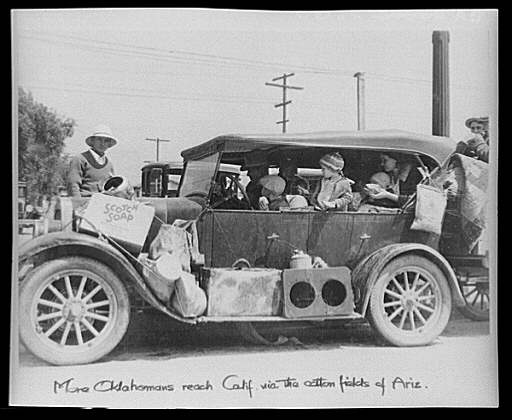Mark Twain sure knows how to sell books. He spent the last decade of his life working on a no holds bar autobiography that amounts to roughly 5000 pages of manuscript. While he published some excerpts of this book when the precarious state of his finances forced him too, the rest has remained vaulted in an archive at the University of California, Berkeley….until now. Twain dictated that his autobiography not be published until 100 years after his death (he sure knew how to create anticipation). Now, the University is prepping the autobiography to be published in three volumes.
Why did Twain not want to publish it in his lifetime? Well, as various sources with knowledge of the manuscript have hinted, it contains his candid views on issues such as religion and imperialism that might have hurt his celebrity in early 20th century America. He had doubts about God, and disliked imperialists like Teddy Roosevelt for rushing into the Spanish American War. The book also contains hundreds of pages of invective about Isabel Van Kleek Lyon, Twain’s personal secretary. Hired after the death of his wife Olivia in 1904, the two became extremely close only to have Twain fire Lyon in 1909. Apparently, it was not an amicable parting, and Twain tells the world how he really felt about her in his forthcoming autobiography. I’m curious to read it when it comes out, how about you?
[Image via Berkeley]















